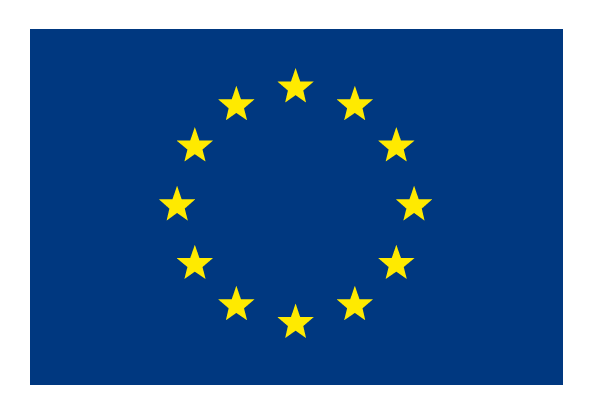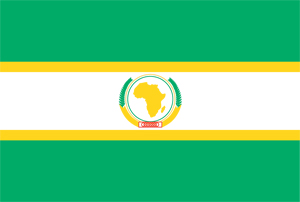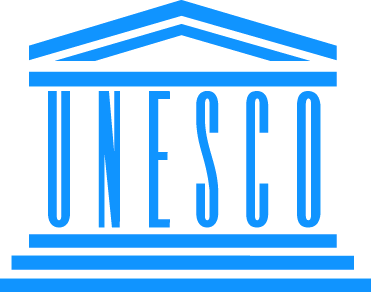Classification of Countries
LDC = Less Developed Country
e.g Sierra Leone, Haiti, Myanmar
- 33 out of the 50 LDC's are sub-Saharan
- highest HDI ranking of LDC is Gabon at 119th and then South Africa at 121st (out of 197)
What makes an LDC?
1. Income below $750 per capita per year
2. Weak human resources
- Health
- Education
- Nutrition and calorie uptake
3. Economic vulnerability
- Instability of exports
- Instability of agricultural production
MDC = More Developed Country
e.g USA, UK, Norway
NIC = Newly Industralised Country (more than last 40 years)
e.g South Korea, Hong Kong
RIC = Recently Industralised Country (last 40 years)
e.g Brazil, Russia
ORC = Oil-Rich Countries
e.g Qatar, Saudi Arabia
LLDC = Land-Locked Less Developed Country
e.g Central African Republic, Bhutan, Moldova, Bolivia
SIDS = Small Island Developing States
e.g Vanuata, Dominican Republic, Seychelles
HIPC = Heavily Indebted Poor Countries
e.g Rwanda, Ghana, Afghanistan
- 29 out of the 40 HIPC's in the world are sub-Saharan
Development Indicators
 HDI = Human Development Index
HDI = Human Development Index= Compoisite indicator first used by the UN in 1990 to replace the sole use of GDP
Takes into account:-
- GNI PPP per capita
- Years of schooling
- Life expectancy at birth
End figure is between 0 and 1, with proximity to 1 indicating development of a country
e.g 1st = Norway 0.943, 28th = UK 0.863, 84th = Brazil 0.718, 101st = China 0.687, 134th = India 0.547, 187th = DR Congo 0.286 - it is worth checking out an updated list as this years results were released by the UN last week
HPI = Happy Planet Index
- Introduced by the New Economics Foundation (NEF) in 2006
 - Doesn't indicate which is the happiest country in the world but the relative ecological efficiency with which human well-being is delivered around the world
- Doesn't indicate which is the happiest country in the world but the relative ecological efficiency with which human well-being is delivered around the world- First index to combine environmental efficiency with human well-being
- However it is based mainly on opinions not facts and so is subjective
e.g 1st = Costa Rica, 2nd = Dominican Republic, 3rd = Jamaica, 20th = China, 74th = UK
PQLI = Physical Quality of Life Index
- Developed in the 1970s due to dissatisifaction with the use of GDP
Takes into account:-
- Literacy Rates
- Infant Mortality
- Life expectancy at age 1
- Criticised as there is considerable overlap between IMR and LE
GDP = Gross Domestic Product
= the total calue of goods and services within a country (including foreign companies)
What are the issues with using GDp per capita as a measure of development?
1. Inequalities: - In many LDCs the wealth remains with a few people with control over the government and industry so does not filter down through the population
2. Informal Employment : - In LDCs many people work in the informal business sector, such as street vending, and so money is exchanged without record and, therefore, does not appear during GDP calculations
3. Subsistence Lifestyles: - Many farmers lead a subsistence lifestyle and so it is impossible to accurately measure income and population
GNP = Gross National Product
= the total value of goods and services for a country's companies at home and abroad
GNI = Gross National Income
= GDP plus or minus the interest and repayments on debt
PPP = Purchasing Power Parity
= essentially a measure of the value of the local currency (basically how much can be brought in a country with a set amount of money)
International Groupings
EU = European Union
 - 1957 Treaty of Rome created the European Economic Community (EEC) which had 6 members (France, Italy, West Germany, Belgium, Netherlands and Luxemburg). Slowly more and more countries have joined and there are now 27
- 1957 Treaty of Rome created the European Economic Community (EEC) which had 6 members (France, Italy, West Germany, Belgium, Netherlands and Luxemburg). Slowly more and more countries have joined and there are now 27AU = African Union
- Founded in 2002 to succeed the Organisation of African Unity (OAU)
- Includes all African nations apart from Morocco who left the OAU in 1984 and Madagascar who were suspended in 2009
 Aims to: -
Aims to: - - Accelerate political and socio-economic integration of the continet
- Promote democracy and human rights
- Achieve continental peace
- Promote and defend Africa's voice in world affairs
NAFTA = North American Free Trade Agreement
- Founded in 1994 to create a free trade zone, encourage investment in each other and promote competition
- Grouping consists of USA, Canada and Mexico
NATO = North Atlantic Treaty Organisation
- Founded in 1949, with 28 members, and is classed as an intergovernmental military alliance
- Accounts for 70% of the world's defence spending
OPEC = Organisation of Petroleum Exporting Countries
- Founded in 1961 and consists of 12 countries all of which are net exporters of oil. They are responsible for setting the global oil prices
OECD = Organisation of Economic Cooperation and Development
- Founded in 1961 to replace the Organisation of European Economic Cooperation (OEEC) which was founded in 1948
- Includes 34 countries and aims to stimulate economic progress and world trade
AOSIS = Alliance of Small Islands States
- Established in 1990 with 42 countries to consolidate the voices of SIDS to address global climate change
UN = United Nations
 - Founded in 1945 and has 193 members
- Founded in 1945 and has 193 members- Aims to promote and provide international law and security, economic development, social progression, human rights and world peace
APEC = Asia-Pacific Economic Cooperation
- 21 members bordering the Pacific Ocean all pledging free trade
G-8 = Group of 8
- Group of the worlds major economies. Founded in 1975 with France, Canada, Germany, Italy, Japan, UK and USA. Russia was then added to make it the G-8 in 1997.
G-20 = Group of 20
- The G20 was established in 1999, in the wake of the 1997 Asian Financial Crisis, to bring together major advanced and emerging economies to stabilize the global financial market.
G-77 = Group of 77
- Currently 130 members who are all LDCs, constituting the largest intergovernmental organisation of developing states in the UN, providing LDCs with a greater voice. China has always been an very close ally of this group but is not an offical member.
BRIC = Brazil, Russia, India, China / BRICM = BRIC + Mexico
- The world's emerging markets
- Why do the BRIC's matter?
All the others which I can't think of a catergory for
MDG = Millenium Development Goal
- Eight development goals that 23 internation organisations and all 193 UN members agreed to aim to achieve by 2015
TNC = Transnational Coporations MNC = Multinational Coporations
- Corporation that has production establishments or delivers services in at least two countries. Some TNCs have grown so large that they have budgets that exceed those of many countries in which they operate
FDI = Foreign Direct Investment
CPC = Communist Party of China
SEZ = Special Economic Zone
e.g Many set up in China, for example, like Bejing to act as growth poles and all development to spread
SAR = Special Adminstrive Regions
e.g Hong Kong
GATT = General Agreement on Tariffs and Trade
- Formed in 1947 during the UN Conference on Trade and Employment but only lasted until 1994 when it was replaced by WTO
WTO = World Trade Organisation
 - Replaced GATT and aims to gradually lower barriers to international trade. Liberalising organisation created by capitalist economies
- Replaced GATT and aims to gradually lower barriers to international trade. Liberalising organisation created by capitalist economiesIMF = International Monetary Fund
- Founded in 1945 with 29 members but has since grown to 187
- Promotes international economic cooperation
DfID = Department for International Development
- UK government department that seperated from the Foreign and Commonwealth Office in 1997
- Aims to promote sustainable development and eridicate world poverty
NEF = New Economics Foundation
UNESCO = United Nations Education, Scientific and Cultural Organisation
ERDF = European Regional Development Fund
- Aims to strengthen economic and social cohesion in the EU by correcting imbalances between its regions
ISO = International Organisation for Standardization
- Ensures the standardization of containerization across the globe
NGO = Non-Governmental Organisation
I don't think I really appreciated just how many there were until I started writing them down! Hope this helps - let me know if I missed any of the list....


Hello.(: Sorry, where did you get these informations from?
ReplyDeleteHello! Well it is just a list I composed as I made my way through the Development and Globalisation module in my Geography lessons so all the information came from class notes and my own knowledge really. The listings by development indicator can be found in quite a few places online - wikipedia is quite good for these
ReplyDelete